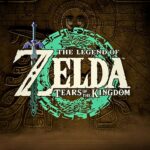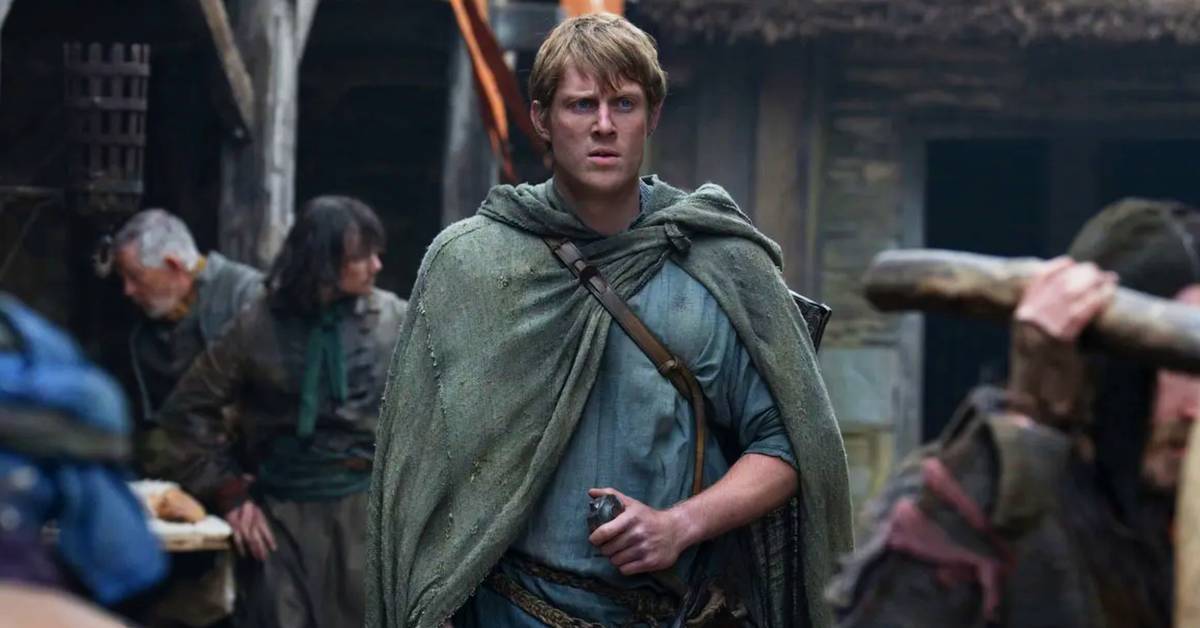HBO’s Bold Strategy: Why ‘A Knight of the Seven Kingdoms’ Will Ditch the Dazzling Opening Credits
Popular Now
 Schedule I
Schedule I
 Free Fire Max
Free Fire Max
 Geometry Dash
Geometry Dash
 BeamNG.drive
BeamNG.drive
 CarX Street
CarX Street
 Garena Free Fire: Kalahari
Garena Free Fire: Kalahari
 Sonic the Hedgehog™ Classic
Sonic the Hedgehog™ Classic
 God of War Ragnarök
God of War Ragnarök
 Call of Duty
Call of Duty
 The Legend of Zelda
The Legend of Zelda
 In a major divergence from the franchise’s celebrated tradition, the upcoming Game of Thrones spin-off, ‘A Knight of the Seven Kingdoms’, is set to forgo the sprawling, intricately animated opening credits sequence that has become a staple of the Westeros universe. This strategic creative choice, confirmed by showrunners, is not merely a budgetary decision but a calculated move to align the new series with its distinct narrative scale and central character, Ser Duncan the Tall. Fans, marketers, and industry analysts are keenly watching this shift, which signals a new era for HBO’s most valuable fantasy IP.
In a major divergence from the franchise’s celebrated tradition, the upcoming Game of Thrones spin-off, ‘A Knight of the Seven Kingdoms’, is set to forgo the sprawling, intricately animated opening credits sequence that has become a staple of the Westeros universe. This strategic creative choice, confirmed by showrunners, is not merely a budgetary decision but a calculated move to align the new series with its distinct narrative scale and central character, Ser Duncan the Tall. Fans, marketers, and industry analysts are keenly watching this shift, which signals a new era for HBO’s most valuable fantasy IP.
The original Game of Thrones (GoT) title sequence—with its dynamic, clockwork map of Westeros changing to reflect the episode’s settings, set to Ramin Djawadi’s universally recognizable, high-CPC theme—was an immediate cultural phenomenon. It served as a vital piece of world-building, orienting viewers to the vast geography and political landscape of the show. House of the Dragon (HotD) maintained this grand tradition, reusing the iconic theme but shifting the visuals to a bloodline-tracking tapestry, underscoring the civil war’s focus on lineage and dynasty. The decision to abandon this high-production aesthetic for ‘A Knight of the Seven Kingdoms’ is a powerful statement about the show’s intent.
 Focus on Simplicity: The Dunk & Egg Ethos
Focus on Simplicity: The Dunk & Egg Ethos
The reasoning behind this groundbreaking decision is rooted in the source material: George R.R. Martin’s beloved ‘Tales of Dunk and Egg’ novellas. Showrunner Ira Parker emphasized that “all decisions came down to Dunk,” referring to the lead, Ser Duncan the Tall—a humble, towering hedge knight of low birth. The narrative is significantly smaller in scope than the epic political and military machinations of GoT and HotD. It focuses on the personal journey of Dunk and his unlikely squire, Egg (who is secretly Prince Aegon Targaryen), as they traverse a more grounded, pre-dragon-war Westeros.
- Character-Driven Tone: Dunk is described as “plain and he’s simple and he’s to-the-point. He doesn’t have a lot of flash to him.” A grand, sweeping orchestral intro would feel mismatched with this grittier, boots-on-the-ground focus, which centers on medieval knights, tourneys, and the lower strata of Westerosi society.
- Reduced Magical Element: The series is set approximately 90 years before Game of Thrones, at a time when dragons have been extinct for half a century. The magic and vast fantastical scale that necessitated the epic visuals are largely absent. Parker noted, “Nobody’s thinking about magic… This could basically be 14th century Britain,” underscoring the show’s grounded, dark fantasy feel.
- A Simple Title Card: Episodes of the new spin-off will reportedly feature only a “simple title card with medieval typography” slotted between the beginning action. This stripped-back approach serves as a more authentic reflection of a story that is intimate and character-focused, rather than a sweeping geopolitical drama.
 Distinguishing the IP: Franchise Fatigue and SEO Value
Distinguishing the IP: Franchise Fatigue and SEO Value
Beyond creative fidelity, this choice offers considerable strategic value for the expanding Westeros franchise. While the familiar theme music and production quality are powerful brand assets, maintaining the exact same opening sequence format across all spin-offs risks aesthetic redundancy and potential franchise fatigue among a global audience. By creating a distinct visual marker, ‘A Knight of the Seven Kingdoms’ establishes its own identity.
- Establishing Differentiation: The simple title card immediately signals to viewers that this is a different kind of story—smaller, more focused, and perhaps less reliant on massive set pieces, which can appeal to fans looking for narrative depth over continuous spectacle. This diversification is crucial for the long-term health of the premium content brand.
- Maximizing Viewer Engagement: In the age of streaming, lengthy title sequences often become a point of frustration, leading viewers to hit the ‘Skip Intro’ button. Removing the sequence entirely is a move toward maximizing immediate viewer engagement, retaining audience interest, and keeping the focus firmly on the new series content. This enhances the perceived value of the show’s runtime.
- Marketing and Keywords: The news itself—the break from tradition—generates significant buzz. Keywords like “GOT spin-off opening change,” “A Knight of the Seven Kingdoms intro,” and “Dunk and Egg TV show news” are driving high-volume search traffic. HBO is leveraging this news cycle as part of its digital marketing strategy, transforming the absence of a feature into a major talking point and a unique selling proposition for the show’s core tone. The choice itself is a high-value piece of entertainment news.
The Industry Impact: A Precedent for Future Spinoffs
The decision by HBO on ‘A Knight of the Seven Kingdoms’ has set a new precedent for how the Game of Thrones universe will handle its increasingly complex lineup of prequels and sequels. It suggests that future spin-offs will be given the creative freedom to deviate significantly from the established visual language of the flagship series if it better serves their specific stories. This is a progressive move in an era dominated by large, interconnected cinematic and television universes.
The success of the Dunk and Egg series, which is currently scheduled for a 2026 release, will be a crucial test case. If its simpler, more grounded approach resonates with both critics and a large audience, it will solidify the idea that the Westeros IP can thrive in multiple formats and on various scales, from the epic court intrigue of House of the Dragon to the intimate, chivalric adventures of Ser Duncan the Tall. For premium streaming content, the ability to adapt and reinvent key aesthetic elements while retaining core thematic integrity is key to sustained growth and audience acquisition.
The absence of the dazzling credits is, paradoxically, the most dazzling move of all—a confident signal that the story, not the spectacle of the opening sequence, will be the true hook for this next chapter in Westerosi history. This narrative decision is a high-stakes gamble in the streaming wars but one that aligns perfectly with the core, humble spirit of its protagonist and offers a refreshing change for the fantasy genre.
Key Takeaways for Content Reviewers and Fans
- The creative choice directly mirrors the low-key, grounded nature of the main character, Ser Duncan the Tall.
- The spin-off’s setting, nearly a century before Game of Thrones and 50 years after the last dragon, supports a less fantastical, more medieval European aesthetic.
- The move is a strategic effort to differentiate the new series, avoiding aesthetic fatigue across the franchise.
- HBO is prioritizing immediate narrative immersion over traditional, lengthy introductory sequences.
This bold move ensures that ‘A Knight of the Seven Kingdoms’ will be judged on its merits as a standalone story, rather than as a mere imitation of its legendary predecessors. The shift is already generating intense media attention and user-generated content, proving that even an omission can become a high-value news item. For the fantasy content market, simplicity is now the new spectacle.









